Exclusive Offer
DISCOVER JAPAN – 8 Nights /9 Days
Itinerary
JAPAN EDUCATIONAL TRIP
Prepare your students for a mind-blowing travel experience in a country where age-old traditions rub shoulders with cutting-edge technology. Discover Japan’s ancient culture in the many temples, shrines, tea ceremonies and museums.
In contrast, the cities of Japan are modern wonderlands. Tokyo, home to over 13 million people, is one of the largest and most populated cities of the world. Explore Japan and travel on one of the worlds famous bullet trains.
HISTORY & CLASSICS
Japan is a country where cutting-edge technology sits alongside temples where Shogun Emperors once ruled, and Samurais perfected the art of war. With a plethora of spiritual temples and shrines in Kyoto, Nara as well as the devastating World War II site of Hiroshima and Modern cities of Tokyo, Osaka your students will be guaranteed a memorable trip.
LANGUAGE & CULTURE
There is no better way to boost your confidence in the Japanese language than to immerse students in the Japanese way of life. All Japanese language schools we partner with are internationally accredited and classes are run by professional, qualified teachers. Your tour can be designed to combine language lessons with ‘out and about’ practical assignments.
DAY 1 – ARRIVAL TOKYO
Tokyo is the capital city of Japan where about 12 million people live. It is the centre of politics, economy and culture of modern Japan. Tokyo is a city of contrast and diversity, where state-of-the-art skyscrapers tower to the sky, but there are also parts of this thriving metropolis where a traditional way of life is maintained, and areas of natural beauty.
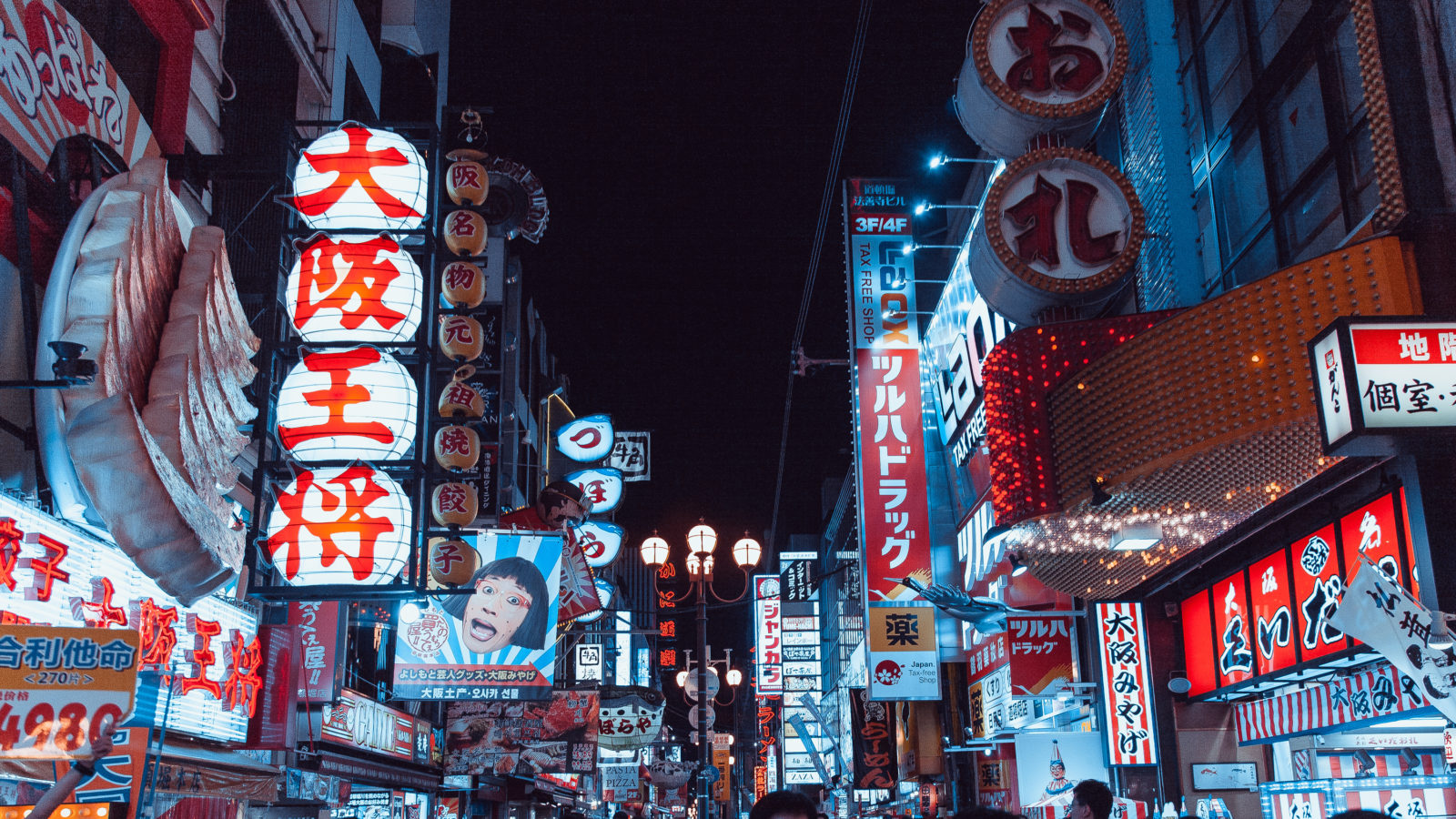
DAY 2 – TOKYO CITY TOUR
Asakusa & Nakamise street:
Sensoji is the oldest and most impressive temple in Tokyo. The main hall was originally built in 645 to house a tiny golden statue of Kannon, the goddess of mercy that had been repeatedly hauled up in fishing nets despite being thrown back into the river.
Imperial Palace:
Formerly called Edo Castle, the Imperial Palace is home to Japan’s Emperor and the Imperial family. Ieyasu, the first Tokugawa shogun, started building Edo castle in 1590. The emperor and his family still live in the western part of the grounds in the Imperial Palace, rebuilt after the previous one was bombed in World War II.
National Diet Building (Drive by)
Where the politics and policies of Japan take shape. The Diet is the center of political activity in Japan, and the National Diet Building is appropriately grand. The impressive building located in central Tokyo is made up of the House of Representatives and the House of Councillors.
Tokyo Metropolitan Governmental Building (Drive by)
Japan’s pre-eminent post-war architect. With its mammoth twin towers soaring 243 meters above the ground, the building has been praised for its daring architecture. It is the ideal spot to get a bird eye view of futuristic Tokyo and even Mt. Fuji on a clear day!
Ginza (Drive by)
The Ginza is Tokyo’s most famous upmarket shopping, dining and entertainment district, featuring numerous department stores, boutiques, art galleries, restaurants and cafes. One square meter of land in the district’s center is worth over ten million yen, making it one of the most expensive real estate in Japan.
Akihabara (Tokyo Animation Centre)
Akihabara, also called Akiba after a former local shrine, is a district in central Tokyo that is famous for its many electronics shops. In more recent years, Akihabara has gained recognition as the center of Japan’s otaku (diehard fan) culture, and many shops and establishments devoted to anime and manga are now dispersed among the electronic stores in the district.
Harajuku
Harajuku is the center of Japan’s most extreme teenage cultures and fashion styles, but also offers shopping for elderly and some historic sights. The focal point of Harajuku’s teenage culture is Takeshita Dori (Takeshita Street) and its side streets, which are lined by many trendy shops, fashion boutiques, used clothes stores, crepe stands and fast food outlets geared towards the fashion and trend conscious teens.
Shibuya crossing
Busiest intersection in the world.
Tokyo Tower
Standing 333 meters high in the center of Tokyo, Tokyo Tower is the world’s tallest, self-supported steel tower and 13 meters taller than its model, the Eiffel Tower.A symbol of Japan’s post-war rebirth as a major economic power, Tokyo Tower was the country’s tallest structure from its
OVERNIGHT IN TOKYO.
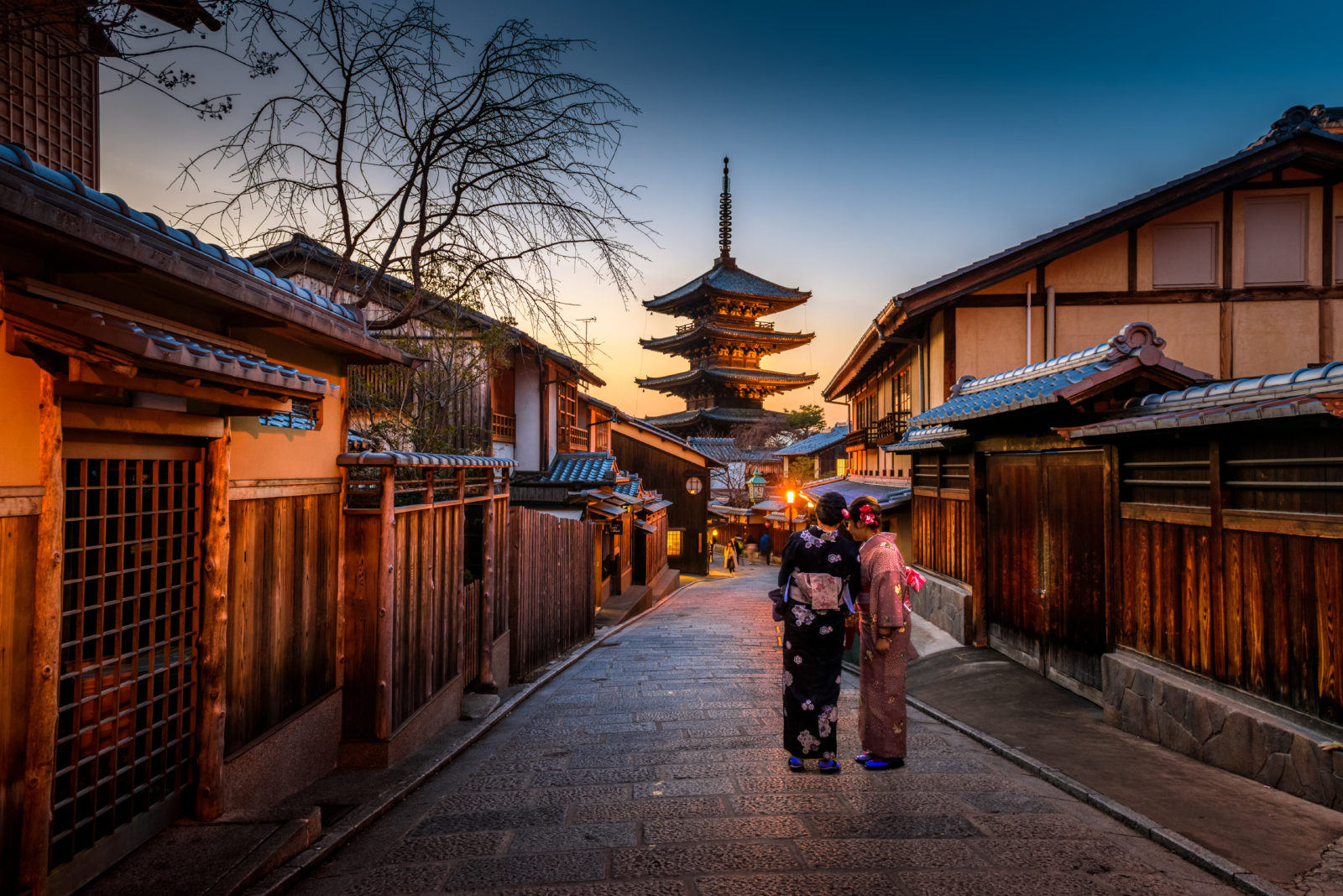
DAY 3 – TOKYO CITY TOUR
National Museum of Emerging Science and Innovation (Miraikan)
Miraikan (the National Museum of Emerging Science and Innovation) is a top spot for science enthusiasts to visit in Tokyo. With interesting exhibits and events, this museum is a great place to find out more about our changing world. From robot demonstrations to explorations of the solar system, there are plenty of activities available at the museum.
Odaiba with Mega Web (Toyota themed exhibition building)
Part of Odaiba’s Palette Town complex, Mega Web is an automotive-focused theme park where you can explore Toyota’s history and learn about its newest technological developments. The park is divided into three sections titled ‘look,’ ‘ride,’ and ‘feel’ each offering a different perspective on the company.
Sumo wrestling museum
Sumo has been a popular spectator sport in Japan for centuries. Come discover the history and culture behind the wrestling matches at this pocket-sized museum. The Sumo Museum collects and preserves a wide range of materials relating to the history of sumo wrestling.
Samurai Museum / Samurai show
A great museum for the Japanese Samurai culture. The Samurai museum immerses itself specifically in the 800 years worth of samurai history. They also have many beautiful collections of actual Samurai armor, war helmets, swords, matchlock guns and other artifacts on display.
Sumeda River Cruise
Explore Tokyo bay by boat. The southeastern part of the Japanese capital faces Tokyo Bay, while the Sumida River has acted as Tokyo’s gateway to the sea since ancient times. Some of Tokyo’s most famous landmarks can be spotted on the way, such as Tokyo Skytree or the Rainbow Bridge – get a fresh perspective on the Japanese capital, by boat!
OVERNIGHT IN TOKYO.

DAY 4 – FULL DAY TOKYO DISNEYLAND
It was the first Disney park to be built outside the United States, and it opened on 15 April 1983. The park was constructed by Walt Disney Imagineering in the same style as Magic Kingdom in Florida and Disneyland in California.
OVERNIGHT IN TOKYO.
DAY 5 – TOKYO TO MT. FUJI TO HIROSHIMA
Lake Ashi Cruise
Cruise on Lake Ashi provides a beautiful view of Lake Ashi, a lake formed in the caldera of Mount Hakone after the volcano’s last eruption 3,000 years ago. Today, Lake Ashi is often pictured with Mount Fuji in the background as a symbol of Hakone. A boat cruise from one end of the lake to the other takes roughly 30 minutes
Gotemba Peace Park
The Peace Park in Gotemba City commands a beautiful view of Mt. Fuji and houses the chalky stupa. It is located on the mountainside of the outer rim of Hakone crater, commanding a good view of the city. The stupa, the symbol of the park, keeps the Buddha’s ashes presented by late Indian Prime Minister Nehru.
Travel to Hiroshima by Shinkansen Bullet Train (700 kms in 3 hrs and 30 mins)
Shinkansen Bullet train
One of the Must-do experiences in Japan is to ride on the Shinkansen Bullet train. Running at speeds of up to 320 km/h, the Shinkansen is known for punctuality, comfort and efficiency. Along with higher speeds, the Shinkansen has expanded in scale since 1964. Today, bullet train lines extend to nearly every corner of Japan.
OVERNIGHT IN HIROSHIMA.
OVERNIGHT IN TOKYO.
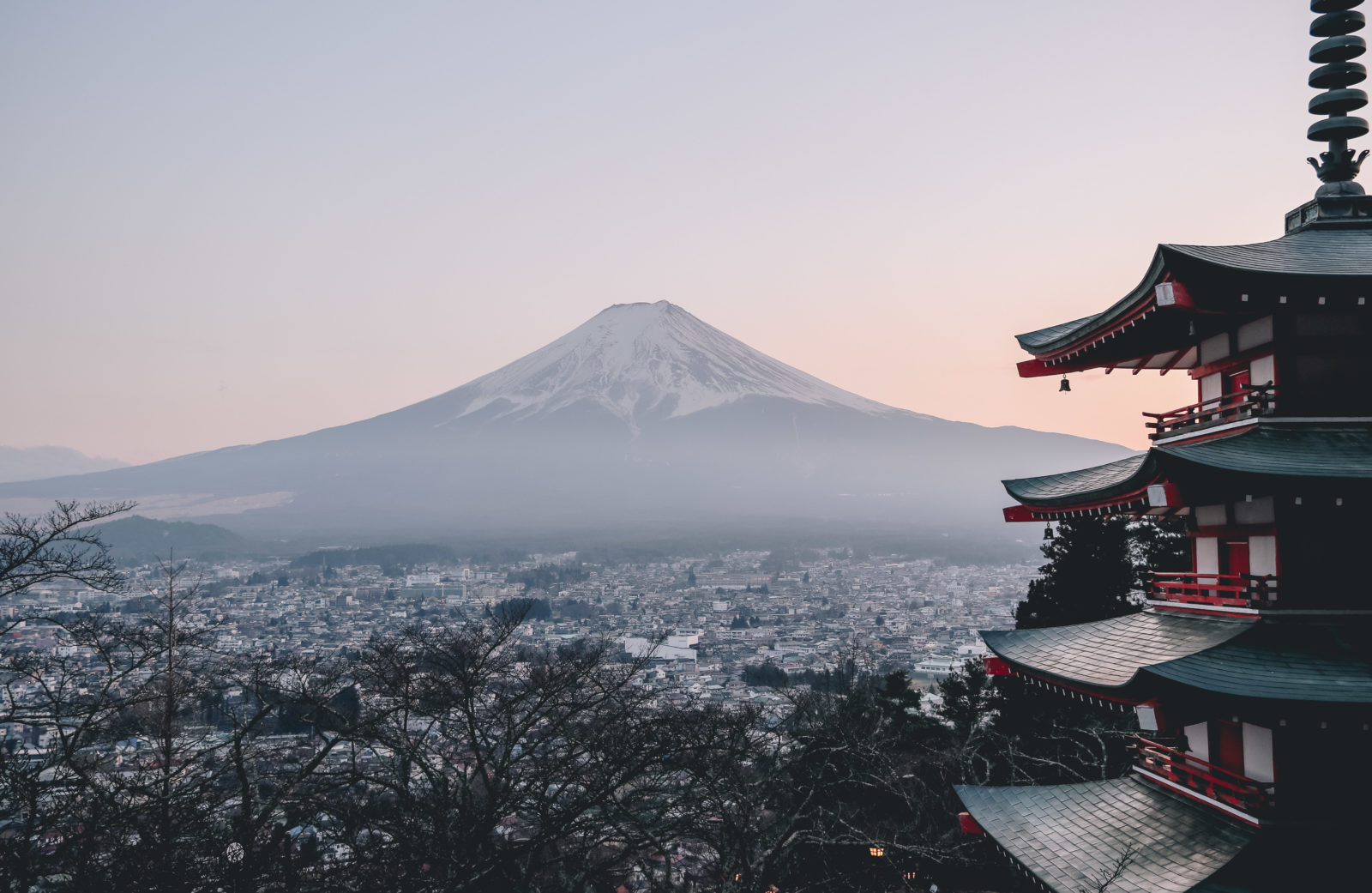
DAY 6 – HIROSHIMA CITY TOUR – KOBE – OSAKA
Hiroshima Peace Park & Atomic Bomb Dome & Museum.
The Hiroshima Peace Memorial originally the Hiroshima Prefectural Industrial Promotion Hall, Atomic Bomb Dome or A-Bomb Dome, is part of the Hiroshima Peace Memorial Park in Hiroshima, Japan.
The ruin of the hall serves as a memorial to the people who were killed in the atomic bombing of Hiroshima on 6 August 1945. Over 70,000 people were killed instantly, and another 70,000 suffered fatal injuries from the radiation. At 8:15 a.m. on 6 August 1945, Little Boy — the first atomic bomb to be used in war.
Visit Kobe
Kobe Port
Visit the world-famous Kobe Port and Kobe Port Tower.
Drive to Osaka by coach.
OVERNIGHT IN OSAKA.
DAY 7 – OSAKA SCHOOL EXCHANGE PROGRAM & OSAKA CITY TOUR
Osaka School Half day
Osaka school exchange program
10:00 hrs. – Welcome
10:20 hrs.– School Tour
11:00 hrs.– Class exchange
12:15 hrs.– Lunch
13:00 hrs.– Cultural exchange program
14:00 hrs.– Send off
Osaka Castle
Osaka Castle is the most famous monument of Osaka. The construction of Osaka Castle started in 1583 and was the largest castle at the time. The entire Osaka Castle Park covers about two square kilometers with lots of green space, sport facilities, a multi-purpose arena (Osakajo Hall) and a shrine dedicated to Toyotomi Hideyoshi
Cup noodles
Cup noodles Museum
Is a museum dedicated to instant noodles and Cup Noodles, as well as its creator and founder, Momofuku Ando. Both museums have an instant ramen workshop allowing visitors to make their own “fresh” instant noodles (fresh as in just made).
My CUPNOODLES Factory
Create your own completely original CUPNOODLES package, which is unavailable anywhere else in the world. For the cup that you design, select your favorite soup from among four varieties as well as four toppings from among 12 varieties.
Abeno Harukas
Standing at 300 meters, Abeno Harukas in Osaka is the tallest skyscraper in Japan. It houses a department store, an art museum, a hotel and an observation deck. The observation deck is called “Harukas 300” and occupies the building’s top three floors (floors 58 to 60). It houses a department store, an art museum, a hotel and an observation deck. The observation deck is called “Harukas 300” and occupies the building’s top three floors (floors 58 to 60).
OVERNIGHT IN OSAKA.
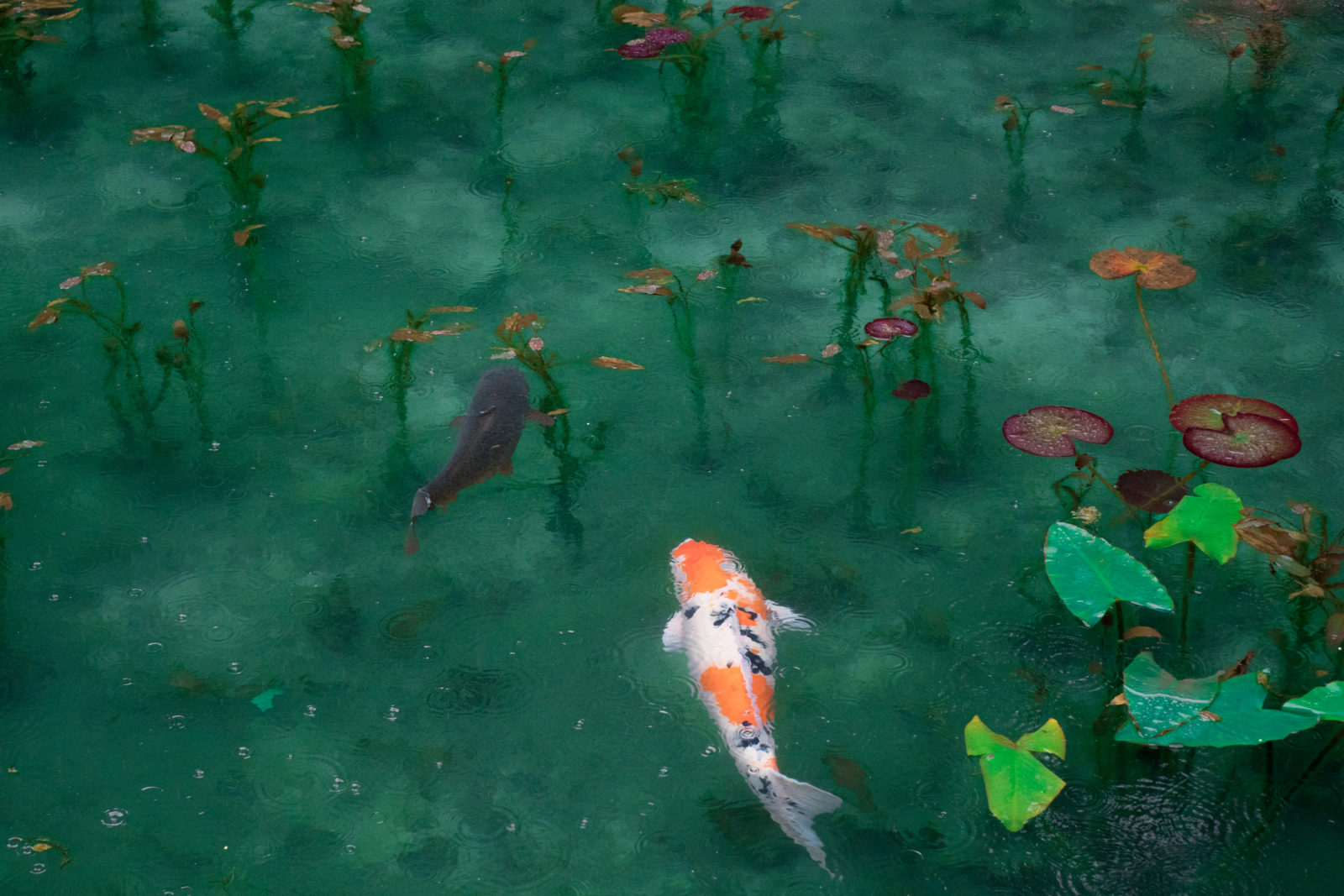
DAY 8 – OSAKA – KYOTO & NARA – OSAKA
Arashiyama Bamboo Grove
Arashiyama is a pleasant, touristy district in the western outskirts of Kyoto. The Arashiyama Bamboo Grove is one of Kyoto’s top sights and for good reason: standing amid these soaring stalks of bamboo is like being in another world.
Kyoto Railway Museum
The Kyoto Railway Museum was opened in April 2016 by JR West. It is is one of Japan’s three great railway museums alongside JR East’s Railway Museum in Saitama and JR Central’s SCMAGLEV and Railway Park in Nagoya. Covering three floors on a 30,000 square meter site, the museum exhibits a total of 53 retired trains, from steam locomotives to more recent electric trains and Shinkansen.
Fushimi-Inari-Taisha Shrine
Fushimi Inari Shrine is an important Shinto shrine in southern Kyoto. It is famous for its thousands of vermilion torii gates, which straddle a network of trails behind its main buildings. Perhaps the single most impressive sight in all of Kyoto, Fushimi-Inari-Taisha Shrine is the most important shrine in the entire city.
Todai-ji temple
Todaiji is one of Japan’s most famous and historically significant temples and a landmark of Nara. The temple was constructed in 752 as the head temple of all provincial Buddhist temples of Japan. Todaiji’s main hall, the Daibutsuden (Big Buddha Hall) is the world’s largest wooden building, despite the fact that the present reconstruction of 1692 is only two thirds of the original temple hall’s size. The massive building houses one of Japan’s largest bronze statues of Buddha (Daibutsu).
Nara park
Nara Park is a large park in central Nara. The park is home to hundreds of freely roaming deer. Considered in Shinto to be messengers of the gods, Nara’s nearly 1200 deer have become a symbol of the city and have even been designated as a natural treasure.
OVERNIGHT IN OSAKA.
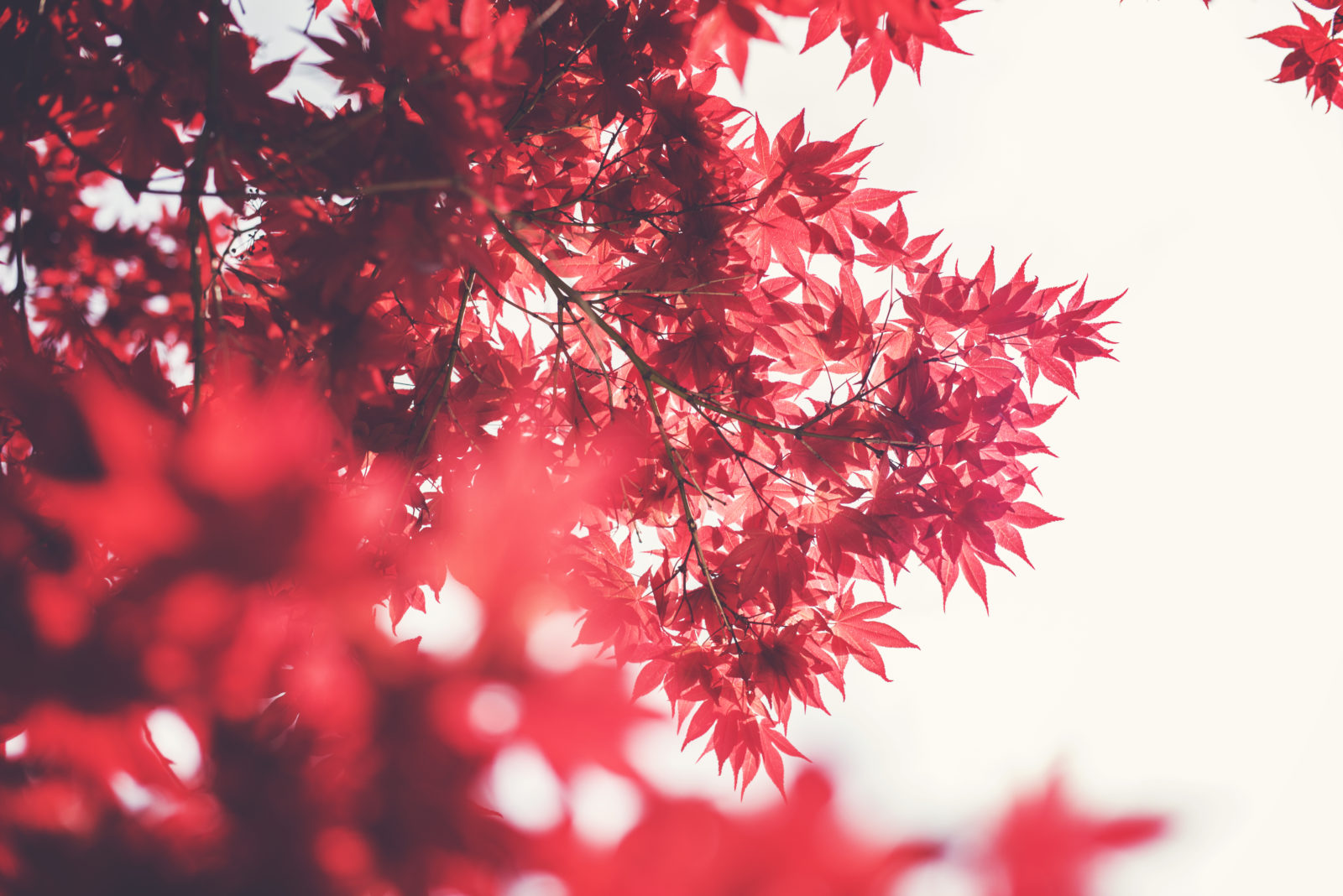
DAY 9 – DEPART OSAKA
Depart to Osaka Kansai Airport.
Copyright © 2018 Discover Destinations. All rights reserved. | Affiliated with  and
and 

